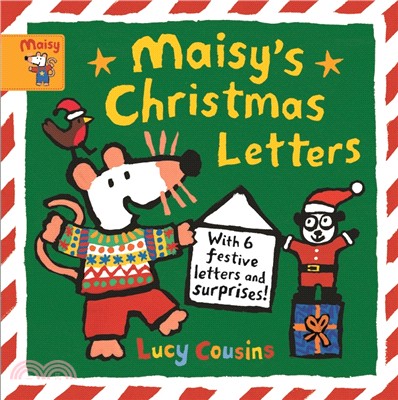A visible presence for some two decades, electronic literature has already produced many works that deserve the rigorous scrutiny critics have long practiced with print literature. Only now, however, with Electronic Literature by N. Katherine Hayles, do we have the first systematic survey of the field and an analysis of its importance, breadth, and wide-ranging implications for literary study.
Hayles’s book is designed to help electronic literature move into the classroom. Her systematic survey of the field addresses its major genres, the challenges it poses to traditional literary theory, and the complex and compelling issues at stake. She develops a theoretical framework for understanding how electronic literature both draws on the print tradition and requires new reading and interpretive strategies. Grounding her approach in the evolutionary dynamic between humans and technology, Hayles argues that neither the body nor the machine should be given absolute theoretical priority. Rather, she focuses on the interconnections between embodied writers and users and the intelligent machines that perform electronic texts.
?
Through close readings of important works, Hayles demonstrates that a new mode of narration is emerging that differs significantly from previous models. Key to her argument is the observation that almost all contemporary literature has its genesis as electronic files, so that print becomes a specific mode for electronic text rather than an entirely different medium. Hayles illustrates the implications of this condition with three contemporary novels that bear the mark of the digital. Included with the book is a CD, The Electronic Literature Collection, Volume 1, containing sixty new and recent works of electronic literature with keyword index, authors’ notes, and editorial headnotes. Representing multiple modalities of electronic writing—hypertext fiction, kinetic poetry, generative and combinatory forms, network writing, codework, 3D, narrative animations, installation pieces, and Flash poetry—the ELC 1 encompasses comparatively low-tech work alongside heavily coded pieces. Complementing the text and the CD-ROM is a website offering resources for teachers and students, including sample syllabi, original essays, author biographies, and useful links. Together, the three elements provide an exceptional pedagogical opportunity.
?
?
?
?
?
“In Electronic Literature, N. Katherine Hayles has delivered a wonderfully structured synthetic overview of writers, texts, critics, and publication venues for the field of electronic literature. In it, she has managed to articulate a non-canonical canon, a body of work and set of ideas that are flexible rather than fixed, inclusive rather than exclusive.” —Rita Raley, University of California, Santa Barbara
?
?
?
?
?
?
?
“Kate Hayles has been there since the beginning.?She helped formulate the field of digital literature.?All readers will be charmed by her new book; high school and college literature and art teachers, in particular, will find this book (and the CD) immediately helpful to introducing students to creative writing in a new media mode.” —Thom Swiss, University of Minnesota
?
?
?
"Kate Hayles stays with a text, whether electronic or otherwise, like almost no other reader or player, inhabiting each work with care and caring, transforming its material specificity to embodied sense and sensuality rather than a hollow category. In the course of defining a field she has set it abloom and in the process refreshed our imagination." —Michael Joyce, Vassar College
?
?
“No critic, save N. Katherine Hayles, has the wide grasp of literary criticism, new media history and tec
作者簡介
N. Katherine Hayles is John Charles Hillis Professor of Literature and Distinguished Professor in the departments of English and Design/Media Arts at the University of California, Los Angeles.
























